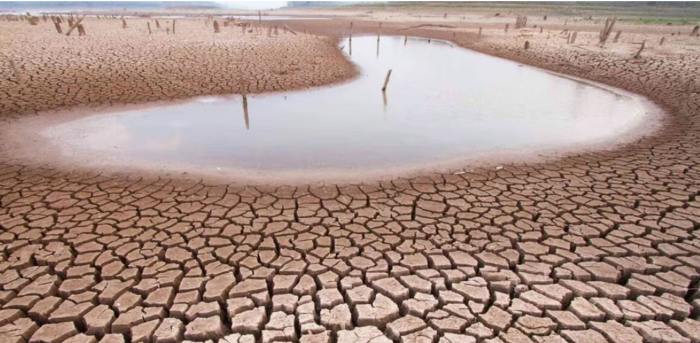(3 Minutes Read)
If global warming trends continue, nearly five billion people — including in most of Europe, parts of the western U.S., Brazil, eastern Asia, and Central Africa — will be affected by the drying by the end of the century, up from a quarter of the world’s population today, the report warned
A significant portion of Earth’s lands are drying out and damaging the ability of plant and animal life to survive, according to a United Nations report released Monday at talks where countries are working to address the problem.
The report was released at the U.N. summit in Riyadh, Saudi Arabia on combating desertification — once-fertile lands turning into deserts because of hotter temperatures from human-caused climate change, lack of water and deforestation. It found that more than three-quarters of the world’s land experienced drier conditions from 1970 to 2020 than the previous thirty-year period.
The talks, which started last week are set to end on Friday. Nations are discussing how better they can help the world deal with droughts — a more urgent lack of water over shorter periods — and the more permanent problem of degrading land.
If global warming trends continue, nearly five billion people — including in most of Europe, parts of the western U.S., Brazil, eastern Asia, and Central Africa — will be affected by the drying by the end of the century, up from a quarter of the world’s population today, the report warned.
Farming is particularly at risk, with drier land being less productive and hurting both yields and the availability of food for livestock, the report said. That can lead to food insecurity for communities worldwide.
Read Also:
Aridity also leads to more migration, because erratic rainfall, degrading land, and frequent water shortages make it harder for regions or nations to develop, economically, the report said. It said the trend is especially noticeable in some of the world’s driest areas such as southern Europe, the Middle East and North Africa, and southern Asia.





